Imagine this: your cat, usually the king or queen of the house, suddenly transforms into a trembling ball of fur the minute you grab the carrier. You hear desperate meows, see wide, panicked eyes, and feel your heart break just a little. Sound familiar? Taking your feline for a vet visit is often a dreaded ordeal—for both of you. But what if there were ways to make the whole experience less stressful and even, dare we say, almost pleasant? Let’s dig into practical, gentle strategies that could turn your next vet visit from a horror show into a manageable, even positive, event.
Understanding Your Cat’s Fear

Cats are creatures of habit, and anything out of the ordinary—like a trip to the vet—can feel absolutely terrifying to them. Unlike dogs, who might see a car ride as an adventure, most cats associate carriers and unfamiliar places with danger. The strange smells, loud noises, and handling by strangers only add to their stress. Recognizing that your cat isn’t being dramatic but is genuinely scared can help you approach the situation with more empathy. Remember, your calmness can influence your cat’s mood. If you act stressed, your cat might pick up on it and feel even more anxious. Try to see the world through your feline’s eyes and understand that their fear comes from a need to feel safe and in control.
Choosing the Right Carrier

The carrier is often the first battleground in the vet visit saga. Not all carriers are created equal—some are cramped, hard to clean, or tricky to open. Look for a sturdy carrier with a top opening as well as a front door. This makes getting your cat in and out much less traumatic. Soft-sided carriers can be cozy but sometimes lack the stability nervous cats need. Consider one that’s easy to disassemble so the vet can examine your cat without dragging them out. Place soft bedding and an item with your scent inside to make it feel familiar. Over time, your cat may view the carrier as a safe haven rather than a trap.
Making the Carrier a Regular Part of Life

One of the best tricks is to leave the carrier out at all times, not just when it’s vet day. If your cat only sees the carrier before a stressful trip, they’ll quickly learn to associate it with bad experiences. Make it part of your home—add treats, toys, or even feed your cat inside it. Let them nap there occasionally. You can even play with your cat near the carrier to help them see it as a neutral or positive space. The goal is to make the carrier smell and feel like home, so when it’s time to go, it doesn’t seem like a punishment.
Training Your Cat to Love the Carrier

Carrier training works wonders, though it takes patience. Start by rewarding your cat with treats and gentle praise whenever they go near or inside the carrier. Never force them; let curiosity guide them in. Gradually build up to closing the door for short periods, always with positive reinforcement. You may even try short “car rides” around the block that end back at home so your cat learns the carrier isn’t always a one-way ticket to the vet. Over time, you’ll notice less resistance and fewer dramatic escapes.
Scheduling the Appointment Thoughtfully
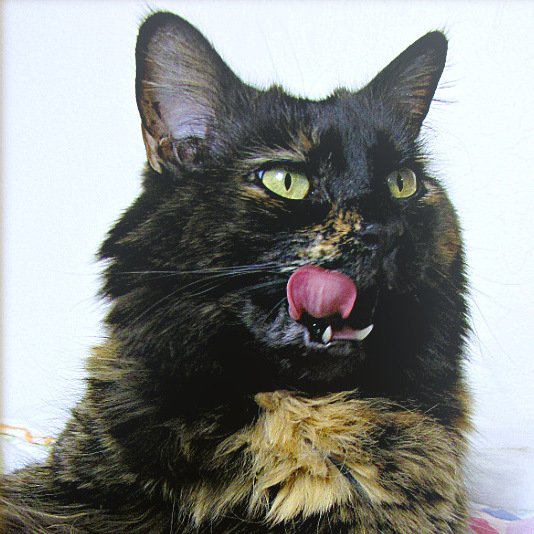
When booking the vet visit, try to choose a time when your cat is usually calm—maybe after a meal or during their typical nap time. Avoid the busiest hours at the clinic to reduce the time spent waiting with barking dogs or other stressed animals. Some clinics offer cat-only hours or separate waiting rooms, which can make a huge difference. The less time your cat spends surrounded by chaos, the less stressed they’ll be. It’s a small detail, but it can change the whole experience.
Acclimating Your Cat to the Car

The car ride itself can be as scary as the vet’s office. Start with short, gentle drives and gradually increase the duration. Speak softly to your cat and keep the car quiet. Try to avoid sudden stops or loud music, as cats are sensitive to vibrations and noise. Covering the carrier with a light towel can help block out overwhelming sights. Some cats respond well to calming pheromone sprays—just spritz the carrier before you leave. The key is consistency and patience; the more often your cat experiences calm rides, the less frightening they become.
Using Calming Pheromones and Scents

Cats communicate through scent, so familiar smells can work wonders. Synthetic feline pheromones, available as sprays or wipes, mimic the comforting scent cats leave when they rub their faces on things. Use these products in the carrier, car, and even at the clinic if allowed. You might also bring a favorite blanket or a piece of your clothing for extra reassurance. Avoid strong perfumes or cleaning products before the trip, as unfamiliar scents can add to your cat’s anxiety. The right smells can offer comfort in a world that suddenly feels very strange.
Preparing Your Cat at Home Before the Visit

A calm cat starts at home. Avoid any sudden changes in routine on vet day—no baths, no visitors, no loud noises. Give your cat extra playtime or cuddle sessions to burn off nervous energy. Some cats benefit from a little extra food, others do better with an empty stomach, especially if motion sickness is a concern. Gather all necessary paperwork and supplies the night before so you’re not scrambling at the last minute. If possible, trim your cat’s nails a day or two ahead to prevent frantic scratching. All these steps help set the stage for a smoother outing.
Handling the Carrier and Cat Gently

When it’s time to leave, move slowly and speak softly. Avoid chasing your cat; instead, gently guide them into the carrier with treats or toys. Never use force, as this can damage your cat’s trust and make future trips harder. If your cat is especially nervous, try wrapping them in a towel “burrito” for comfort and safety. Hold the carrier steady and level, supporting it from the bottom rather than the handle to reduce swinging and jostling. Treat the carrier like a precious package—it’s carrying your most precious cargo, after all.
Minimizing Stress in the Waiting Room

The vet’s waiting room can feel like a jungle to your cat, full of strange animals and smells. If possible, keep your cat’s carrier covered with a towel and place it on a chair or your lap, not the floor. Speak softly or offer treats through the carrier door. Avoid letting other pets approach, as even friendly sniffing can be terrifying for a cat in a confined space. Some clinics will let you wait in your car until it’s your turn—don’t be shy about asking. Every tiny bit of calm helps.
Communicating with Vet Staff

Let the vet team know if your cat is especially anxious. Many clinics are trained in gentle handling and can adjust their approach. Share your cat’s history, favorite treats, and any techniques that have worked at home. Don’t hesitate to ask for a quiet room or for your cat to stay in the carrier until the exam begins. A little teamwork goes a long way; the staff want your cat to have a good experience too. Honest, open communication helps everyone work together for a less stressful visit.
Bringing Comfort Items from Home
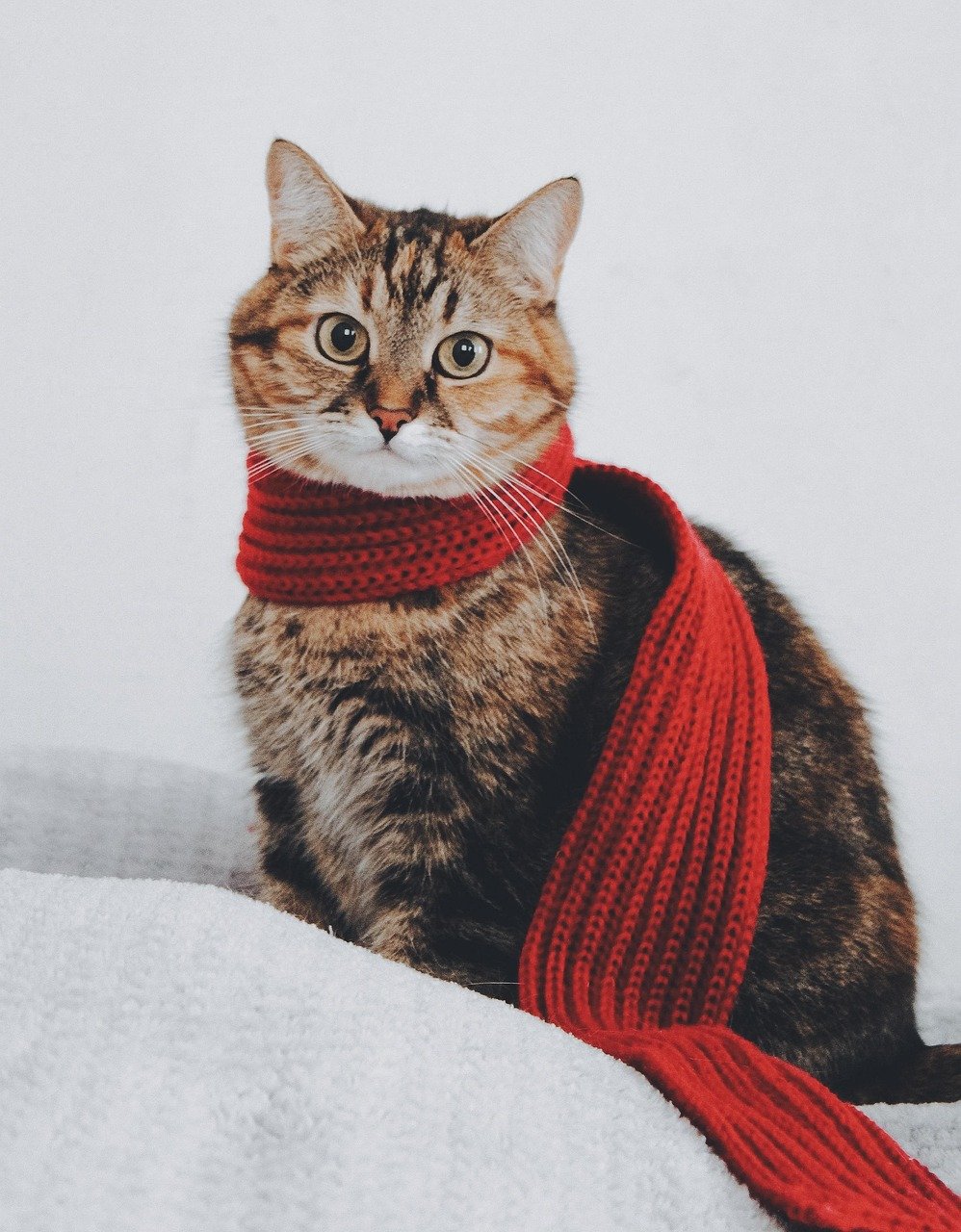
A familiar item can be a powerful anchor in a stressful place. Whether it’s a favorite blanket, a beloved toy, or even a T-shirt that smells like you, bring it along for the ride. Place it inside the carrier or on the exam table if allowed. The scent and texture remind your cat of home and can offer a surprising amount of comfort. Sometimes, even just a favorite treat can distract your cat and make the visit more bearable. Don’t underestimate the power of a little piece of home.
Staying Calm and Present During the Exam

Your cat looks to you for cues. If you’re tense or worried, they’ll sense it immediately. Take deep breaths, speak calmly, and maintain a relaxed posture. Stay close during the exam if the vet allows it—your presence is deeply reassuring. Gently stroke your cat or softly talk to them. If you need to step out, do so with confidence so your cat doesn’t pick up on your anxiety. Remember, you’re your cat’s anchor in a stormy sea.
Rewarding Your Cat After the Visit

The end of the vet visit is a big relief for both of you. Celebrate small victories with your cat—whether they handled it like a champ or just survived. Offer favorite treats, extra cuddles, or a special play session once you’re home. Positive reinforcement helps your cat associate vet visits with good things, not just stress. If your cat seems extra shaken, give them space and let them decompress in their favorite spot. Over time, these rewards help build lasting resilience.
Recognizing Signs of Extreme Stress

Some cats handle vet visits better than others, but watch for signs of severe distress: drooling, panting, aggression, or urinating in the carrier. These may mean your cat is overwhelmed and needs a different approach. Never ignore these warning signs. If vet visits are pure trauma every time, talk to your veterinarian about alternatives, like mobile vets or mild sedatives. Your cat’s health is important, but so is their emotional well-being. Don’t hesitate to advocate for them.
Considering Mobile Vets or Home Visits
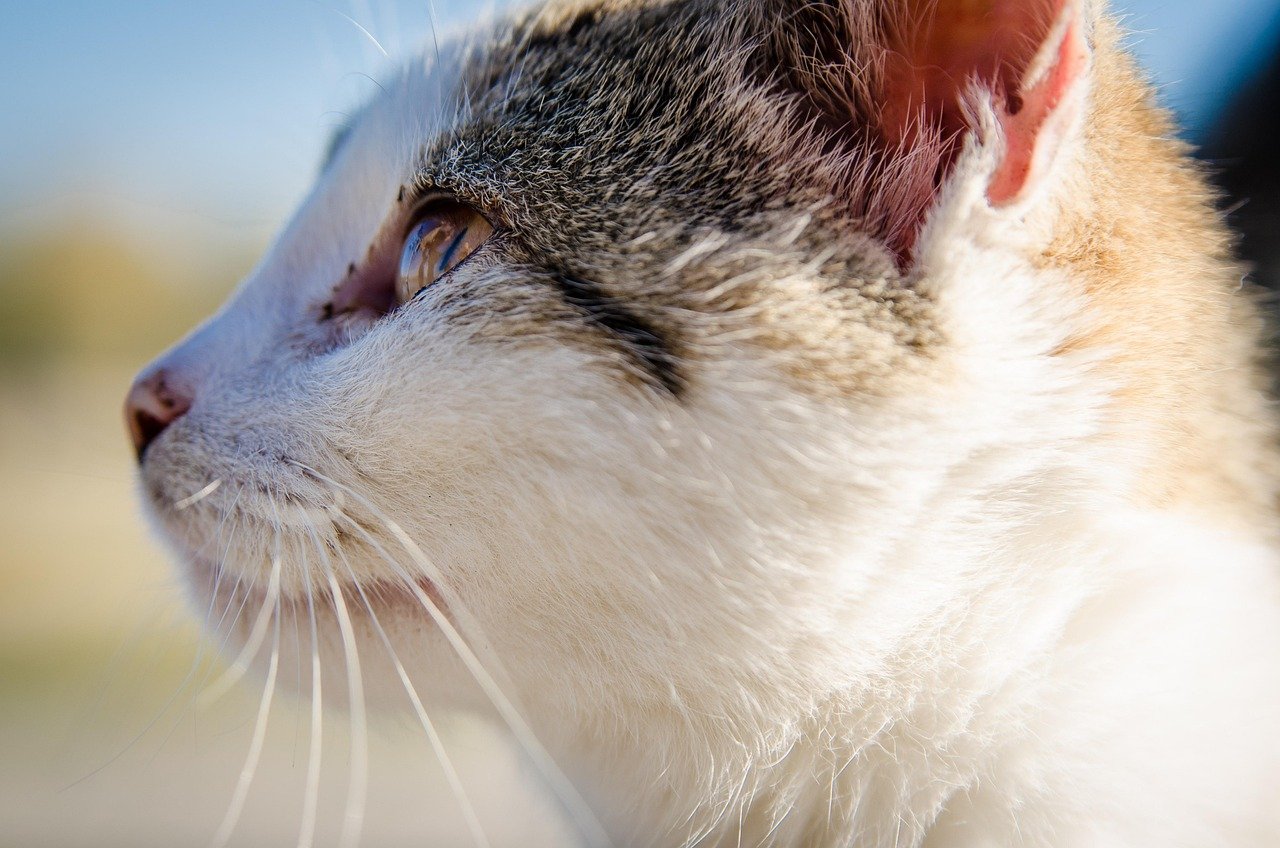
If your cat truly cannot handle traveling, ask about mobile veterinarians who can come to your home. Many areas now offer this service, bringing medical care to your living room. The familiar environment can make exams and treatments much less stressful. Home visits aren’t always possible for emergencies or specialized procedures, but they’re a fantastic option for routine care. It’s all about finding the solution that works best for your unique cat.
Using Sedation or Anti-Anxiety Medications When Needed
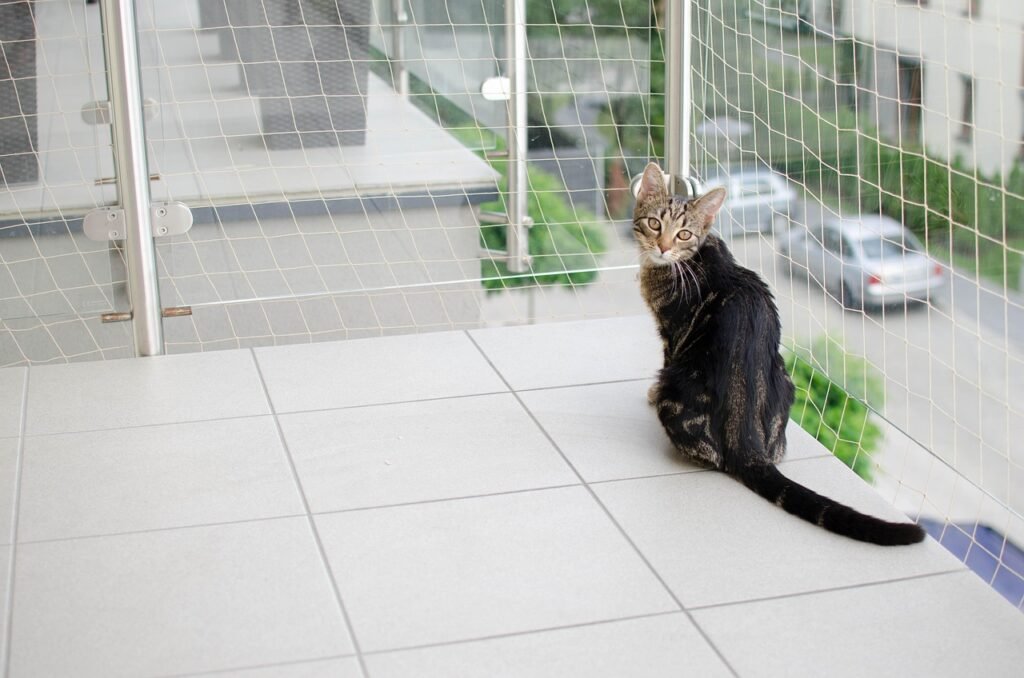
For some cats, all the training and preparation in the world won’t erase deep-seated fear. In those cases, your vet may prescribe a mild sedative or anti-anxiety medication to make the visit safe and manageable. These medications are generally safe when used as directed and can mean the difference between trauma and a tolerable experience. Always follow your vet’s advice and never medicate without guidance. Sometimes, a little help is exactly what your cat needs.
Understanding Post-Visit Behavior

After a vet visit, your cat may act withdrawn, hide, or even hiss at you or other pets. Don’t take it personally—this is a normal reaction to stress. Give your cat time and space to recover. You might notice them grooming more or sleeping in odd places. Offer gentle reassurance but don’t force interaction. If your cat’s behavior doesn’t return to normal after a day or two, check with your vet to rule out any lingering issues. Patience and love are key here.
Building Positive Associations Over Time

Every vet visit is a chance to build better memories. Practice carrier training and car rides throughout the year, not just when appointments pop up. Celebrate the small wins, like a calm ride or a less dramatic entrance at the clinic. The more positive experiences you can stack up, the less frightening the whole process becomes. You might even find your cat growing more confident and less fearful with each trip. Change doesn’t happen overnight, but it does happen.
Learning from Each Experience

After each vet visit, take a moment to reflect on what worked and what didn’t. Did your cat respond well to a certain treat or a calming spray? Did a particular time of day seem easier? Keep a mental (or written) note for next time. Every cat is different, and what soothes one may not help another. The more you learn about your own cat’s preferences and needs, the better you can tailor future visits. It’s a journey for both of you, full of trial, error, and love.
Embracing the Journey Together
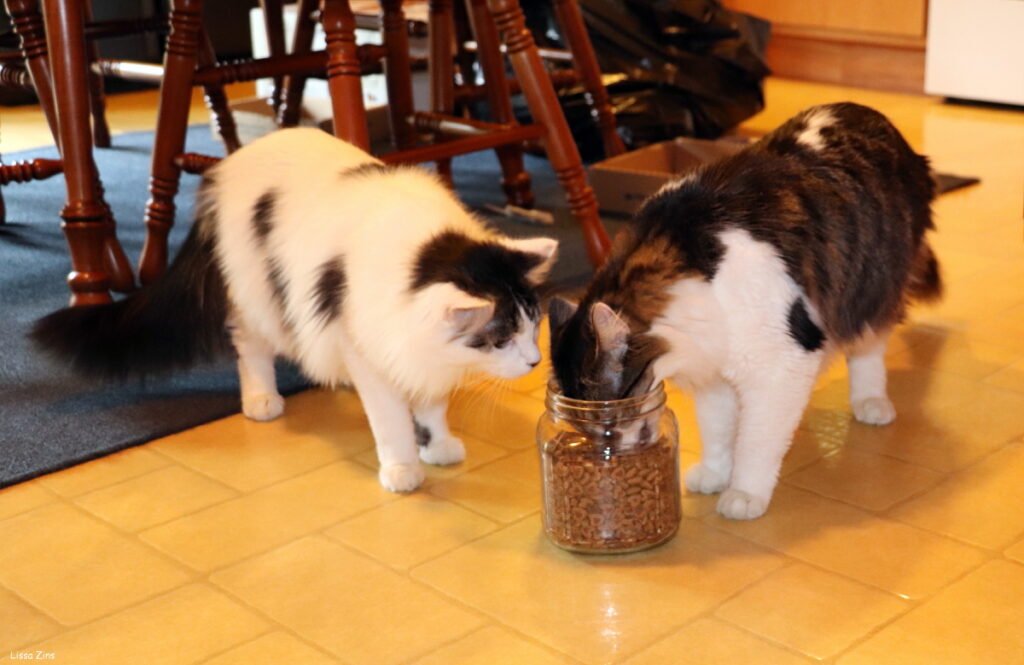
Helping your cat through vet visits isn’t just about getting through a single ordeal—it’s about deepening your bond and building trust. Every time you show patience, understanding, and care, your cat learns the world isn’t such a scary place. Over time, vet visits can become just another part of life, not a nightmare to be dreaded. Remember, you’re both in this together, one paw at a time. Would you have guessed that even the smallest changes could make such a big difference?
Hi, I’m Bola, a passionate writer and creative strategist with a knack for crafting compelling content that educates, inspires, and connects. Over the years, I’ve honed my skills across various writing fields, including content creation, copywriting, online course development, and video scriptwriting.
When I’m not at my desk, you’ll find me exploring new ideas, reading books, or brainstorming creative ways to solve challenges. I believe that words have the power to transform, and I’m here to help you leverage that power for success.
Thanks for stopping by, Keep coming to this website to checkout new articles form me. You’d always love it!






